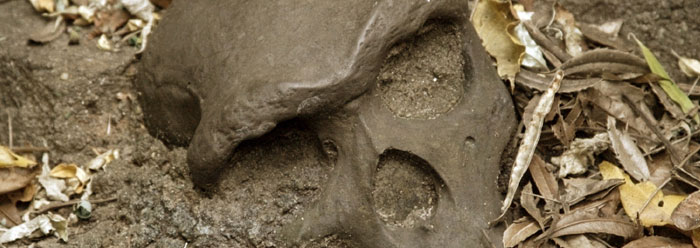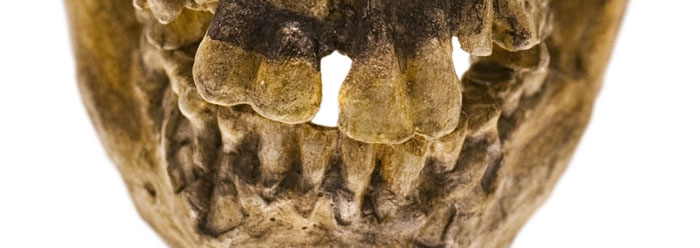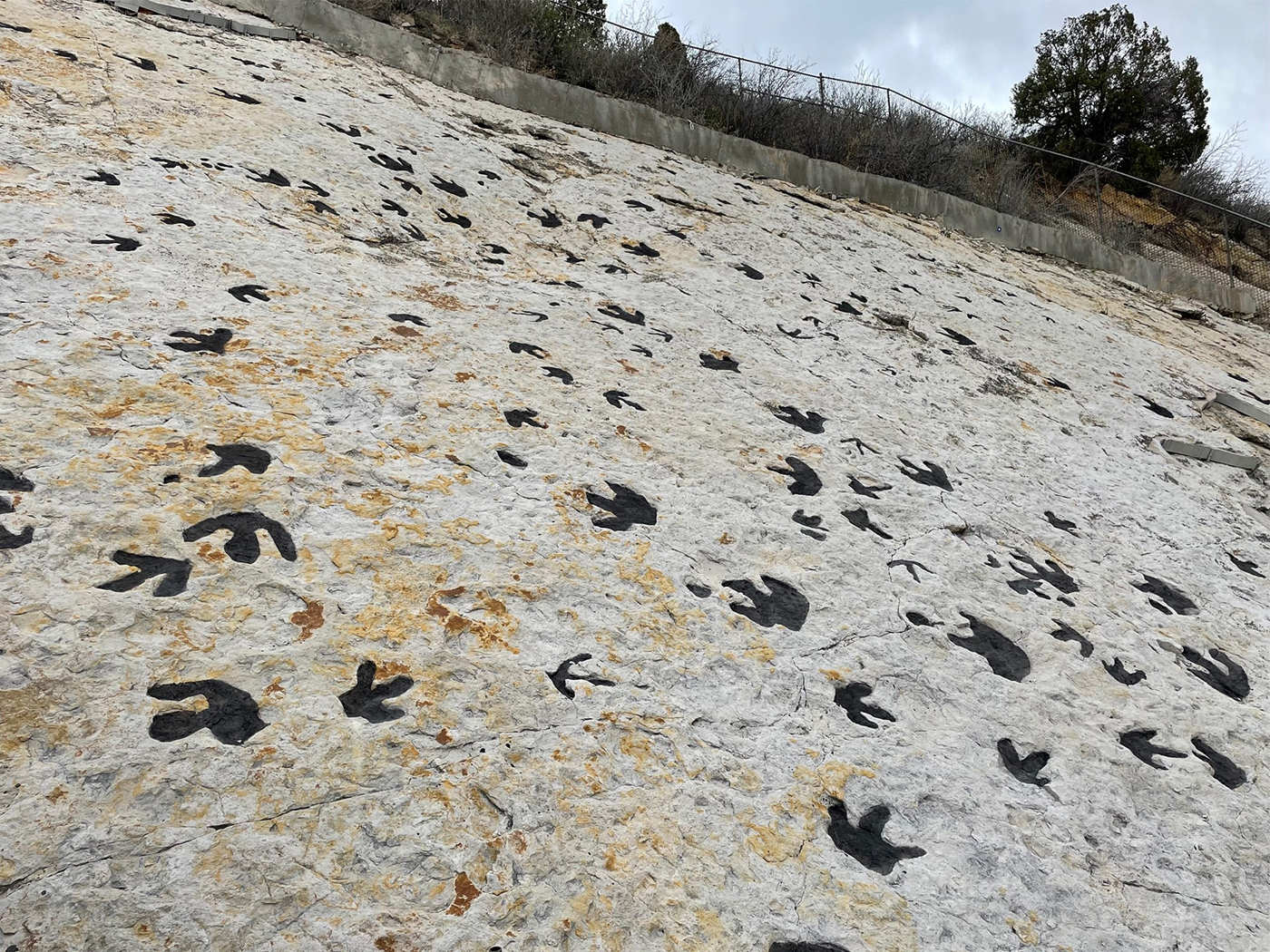The theory of human evolution is taking yet another hit from recent scientific studies, from the first analysis of the Neandertal genome to painstakingly reconstructed Ardipithicus ramidus and Australopithecus sediba remains. The profusion of evolutionarily bias in media reports, however, can make it tricky to uncover the real evidence. What can science actually reveal about each of these and other specimens, as either candidates for human ancestry or as uniquely designed but now extinct creatures?
The journal Science recently compared the draft sequence of the Neandertal genome with the complete sequence of modern humans (and chimpanzees), showing evidence that Neandertals interbred with some anatomically modern humans.1 This came as no surprise to Bible believers, who for decades have interpreted Neandertals as having been fully human creatures with a few unique physical features.2 Many evolutionists have also come to believe this, in light of Neandertals' overwhelmingly human-like anatomy, artifacts, and burial practices.
But despite the extensive archaeological evidence that Neandertal was human, many scientists are nevertheless reluctant to consider that Neandertal interbred with human. This resistance comes from the still-lingering, late nineteenth century view that Neandertal was the immediate predecessor of mankind, a belief that has hindered proper understanding of Neandertal remains.These days, there should no longer be any doubt that Neandertal was not man's ancestor, but man's contemporary.
However, other suggested human ancestor candidates have enjoyed recent press coverage, and these have been more difficult to interpret based on the evidence presented. The March 2010 issue of Smithsonian magazine summarized some key hominids,3 which is a category of primates that is defined by evolutionary premises. It is supposed to include those creatures that walked or used to walk upright or partly upright--especially those suspected of being ancestral to man. This summary ought to discourage believers in human evolution, because it shows that there are no known clear-cut evolutionary ancestors to man, and therefore that hominids are actually either primate or man and not some transitional combination of the two.
Neandertal is not the only former candidate to undergo re-categorization from man's ancestor to fully human. The Smithsonian article noted that long-famous Java Man, which was "reconstructed" from just a fossilized skull cap, was eventually reclassified as man. Even after more complete specimens, also from Java, were published demonstrating this, proponent Eugene Dubois "'kept the faith,' believing that his beloved Pithecanthropus [Java Man] was uniquely the missing link."4
Smithsonian also discussed Ardipithecus, or "Ardi," which was the subject of 11 articles in a special 2009 issue of Science. Prior to this publication, evidence for this species having been a hominid "was based primarily on its teeth."3 Science also reported that Ardi's upper hip bone was angled a bit like a human's, which was interpreted as confirmation that it walked upright. But Ardi's feet had thumbs that look like those of modern apes, and the upper hip was comprised of so many glued-together fragments that it could accommodate any number of speculative reconstructions. The relevant section, the angle of the lower hip, was absent.5
In other publications, several evolutionists have openly rejected the idea that Ardi belongs in man’s evolutionary past, because there just is no evidence to support such a conclusion.6, 7 Similarly, Smithsonian anthropologist Rick Potts "has yet to be convinced that the crushed but reconstructed pelvis proves upright walking."3
Piecing together enough fragmentary fossil evidence to even classify a specimen is hard enough for a researcher--creationist or evolutionist--let alone reconstructing its past habits, habitat, and social life. Thus, it might have been expected that the most recently added hominid may have been misnamed Australopithecus sediba by its discoverer, self-promoting anthropologist Lee Berger, in order to establish it as an ancestor of man.
A technical comparison of dozens of cranial features among hominids was recently conducted, showing that A. sediba had a fully human head.8 Perhaps it ought to have been classified in the genus Homo along with Neandertal, Java Man, and modern man. Maybe one day it will be. But since Dubois was unwilling to relinquish his "missing link" view of the Java find, who is to say that Berger won't keep promoting "Sediba" in just the same way?
Enough data is known about Neandertal and Java Man to confidently say that they were people. Enough is known about Ardi to confidently conclude that it was an extinct four-foot–tall, tree-dwelling primate. Not enough is known about "Australopithecus" sediba to confidently claim much at all.9 Taken together, for over a hundred years the human evolutionary candidates have turned out to be either man or beast, with not one clear example of an intermediate that could even suggest that man somehow "evolved" from an ape-like creature.
References
- Green, R. E. et al. 2010. A Draft Sequence of the Neandertal Genome. Science. 328 (5979): 710-722.
- Thomas, B. Neandertal Genome Confirms Creation Science Predictions. ICR News. Posted on May 28, 2010, accessed June 2, 2010.
- Gibbons, A. 2010. The Human Family's Earliest Ancestors. Smithsonian. 40 (12): 34-41.
- Lubenow, M. 2004. Bones of Contention. Grand Rapids, MI: Baker Books, 97.
- Thomas, B. 2009. Did Humans Evolve from ’Ardi'? Acts & Facts. 38 (11): 8-9.
- Harmon, K. How Humanlike was "Ardi"? Scientific American. Posted on scientificamerican.com November 19, 2009, accessed November 25, 2009.
- Sarmiento, E. E. 2010. Comment on the Paleobiology and Classification of Ardipithecus ramidus. Science. 328(5982): 1105
- Wood, T. C. 2010. Baraminological Analysis Places Homo habilis, Homo rudolfensis, and Australopithecus sediba in the Human Holobaramin. Answers Research Journal. 3 (2010): 71-90.
- Thomas, B. Australopithecus sediba: Another Human Ancestor? ICR News. Posted on icr.org April 14, 2010, accessed May 25, 2010.
* Mr. Thomas is Science Writer at the Institute for Creation Research.
Article posted on June 3, 2010.
























